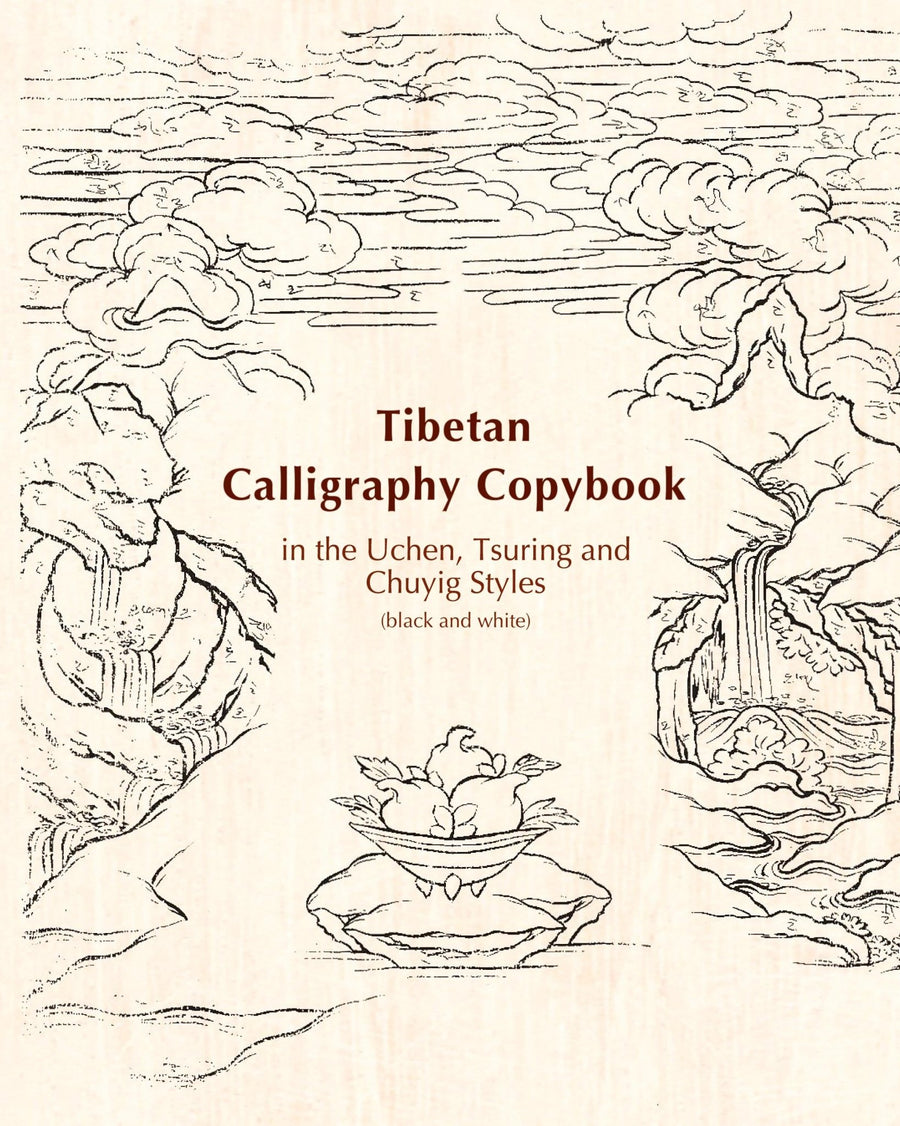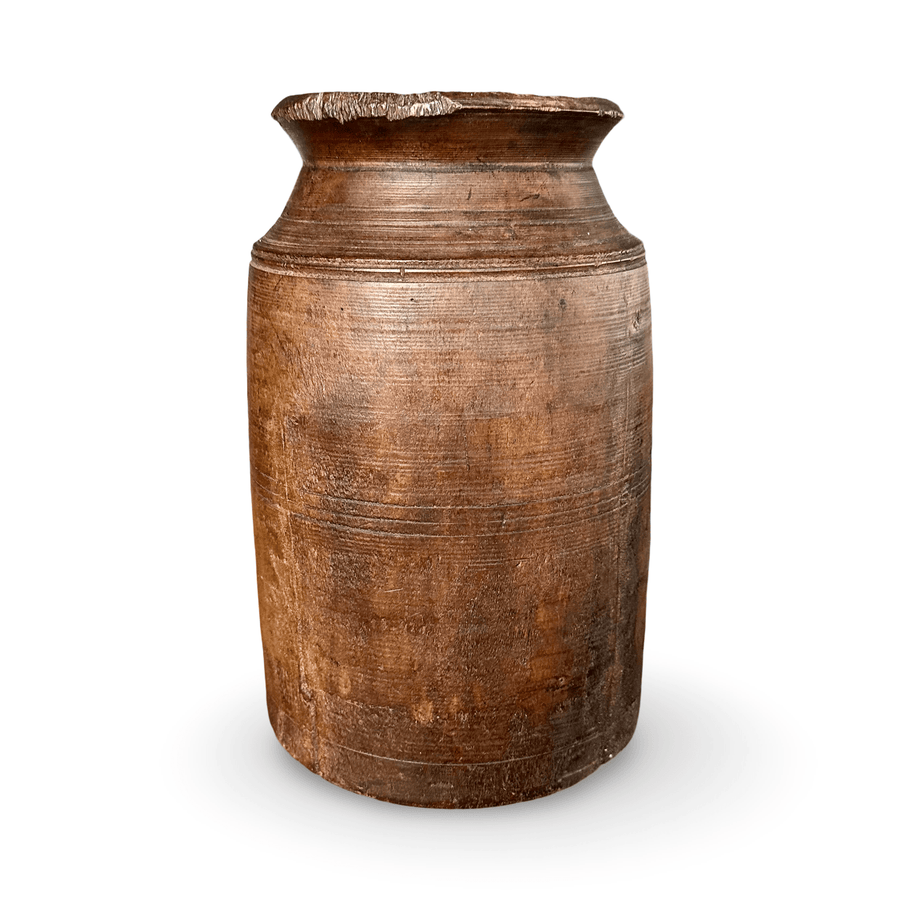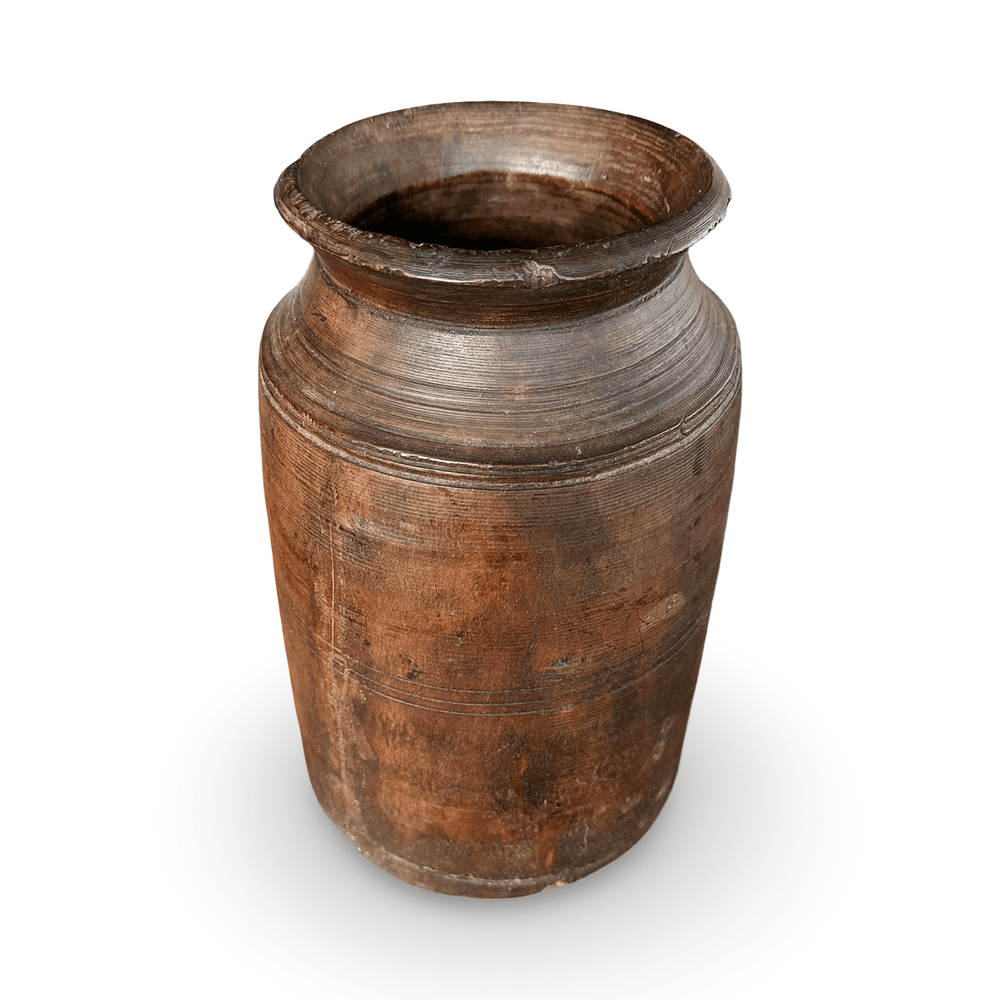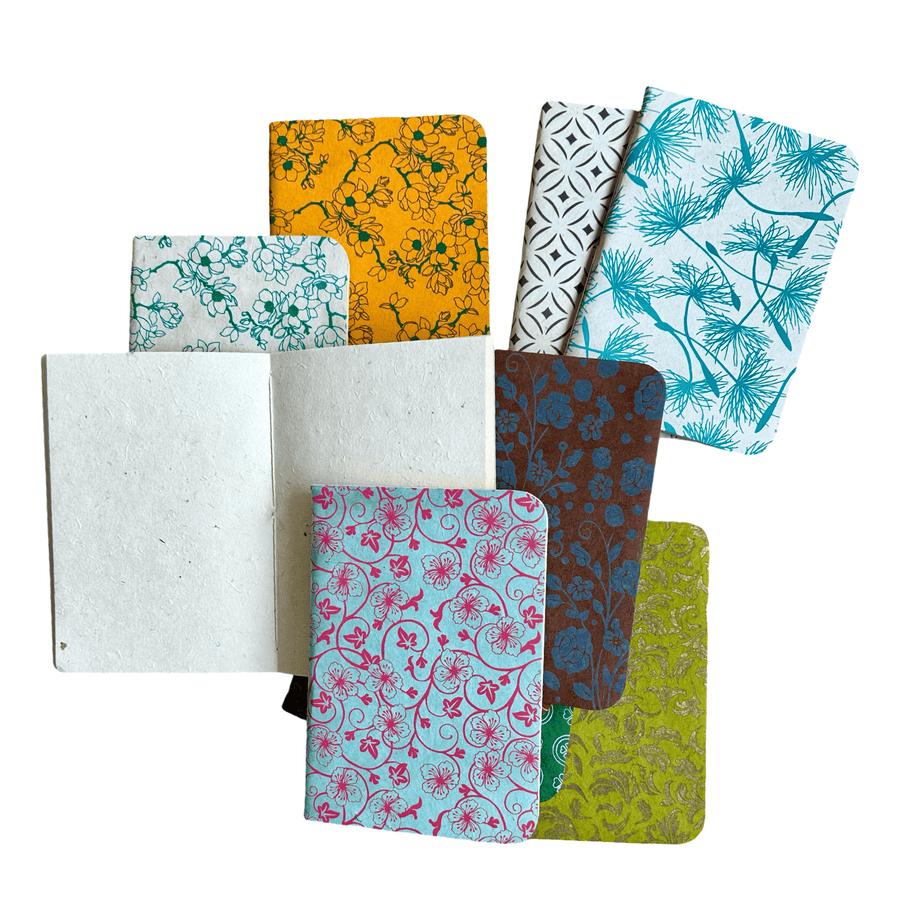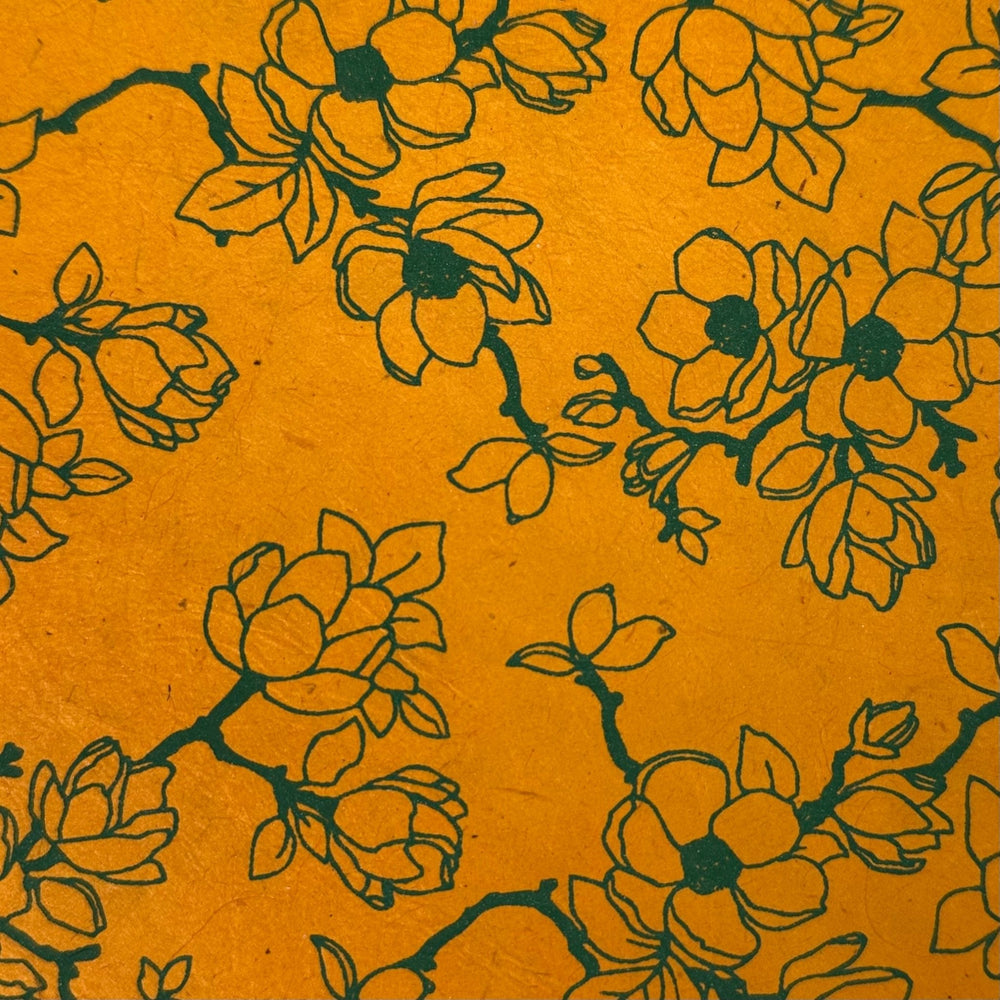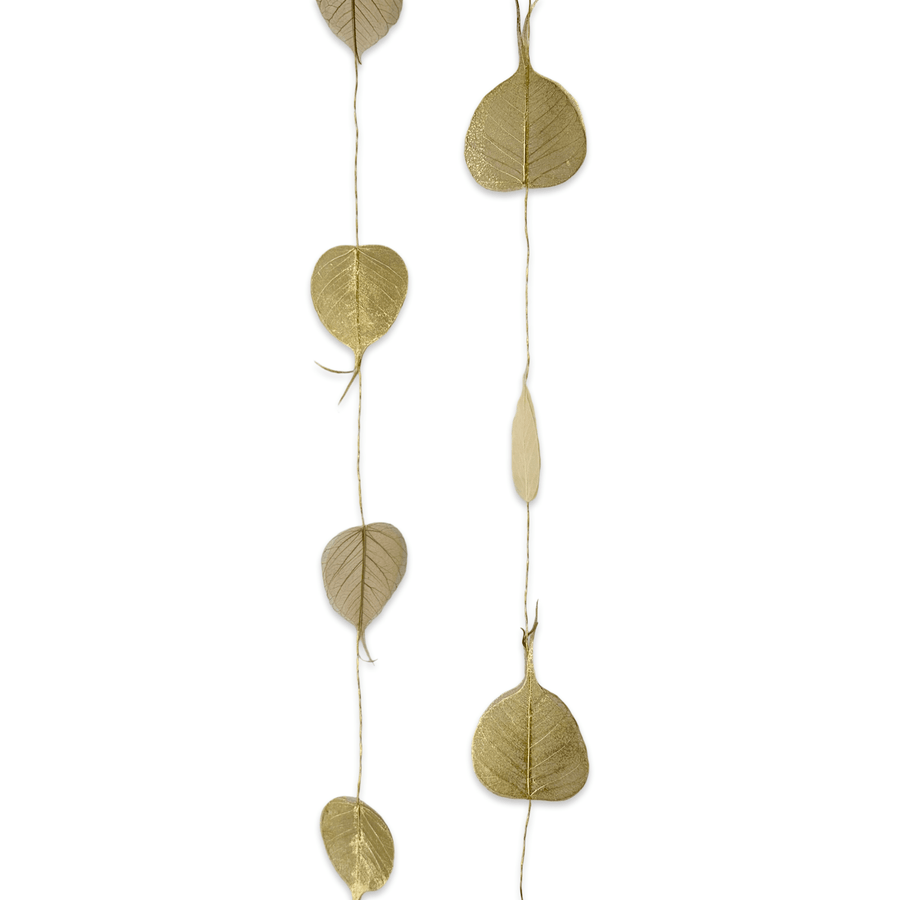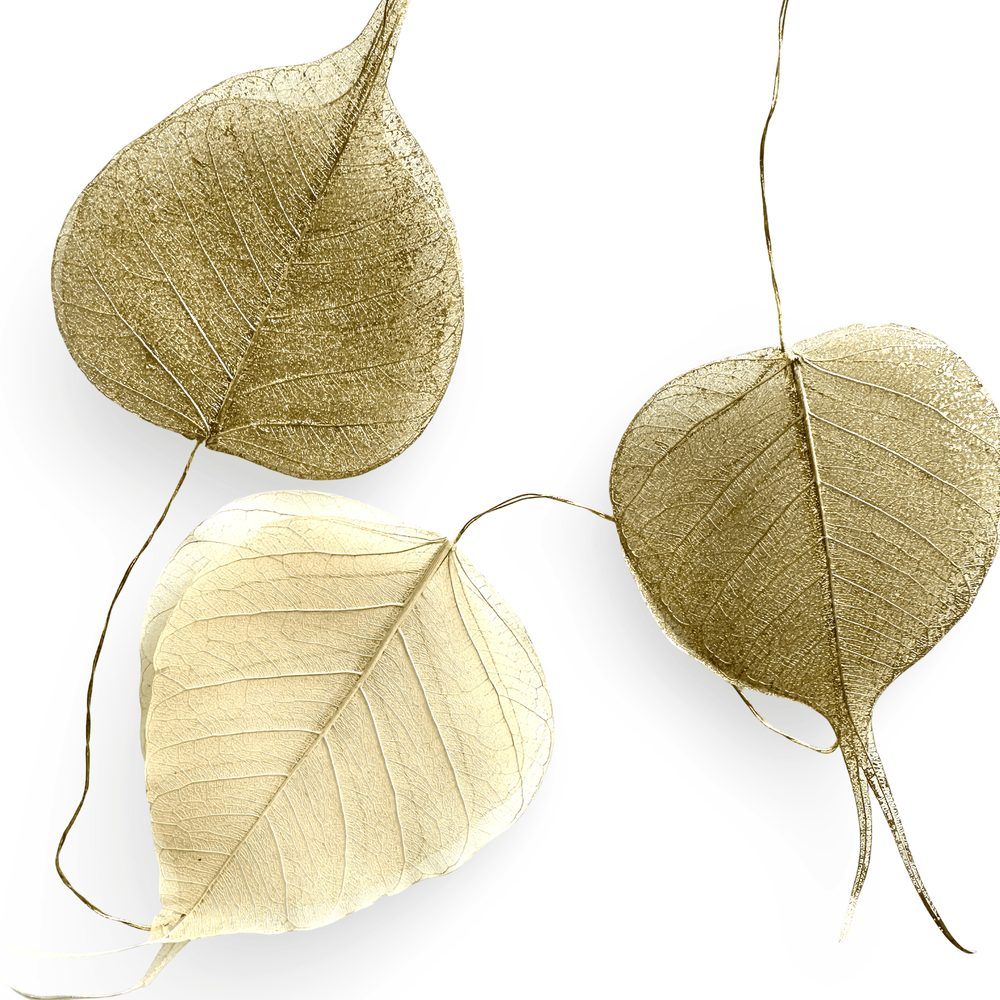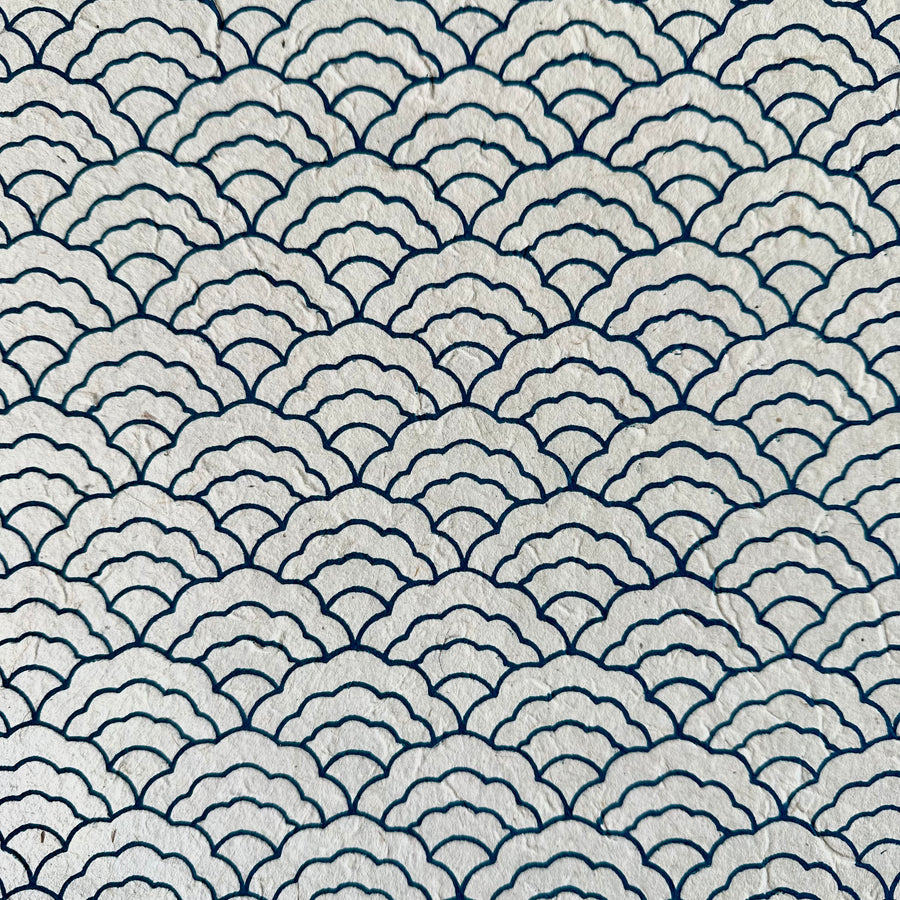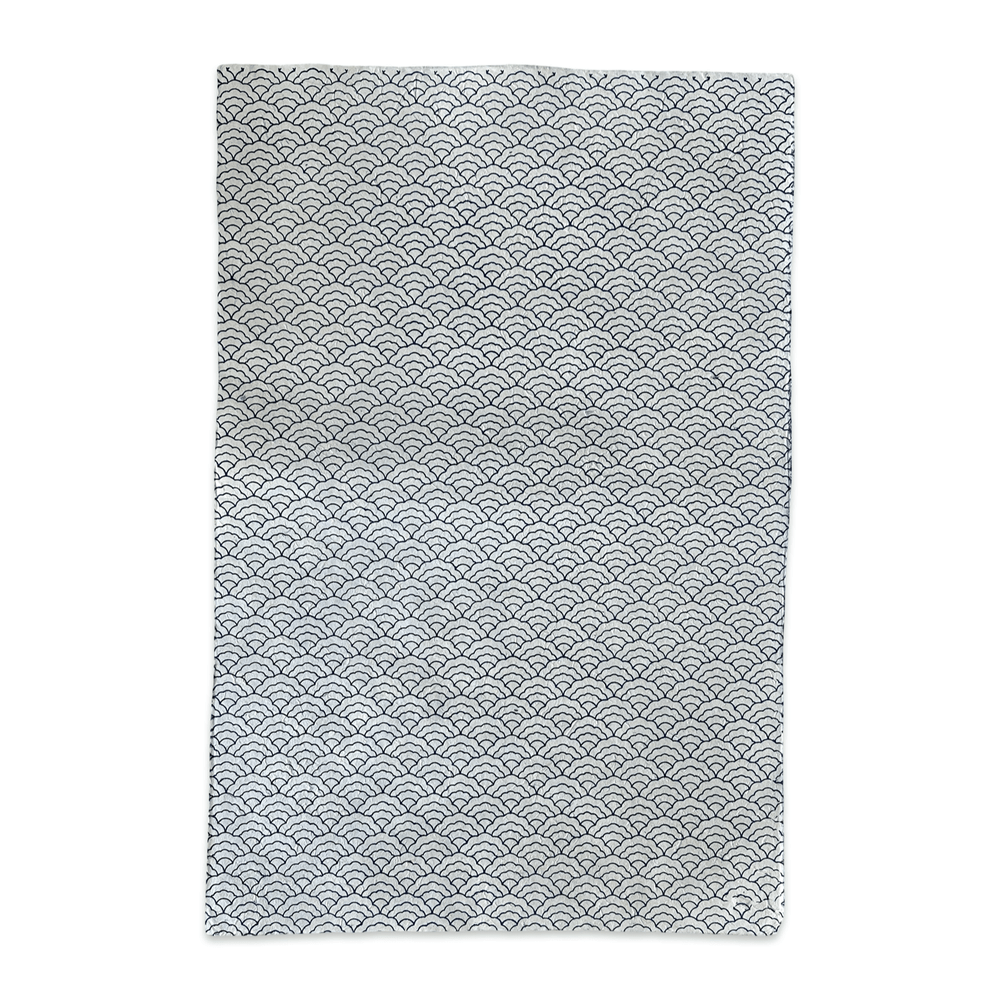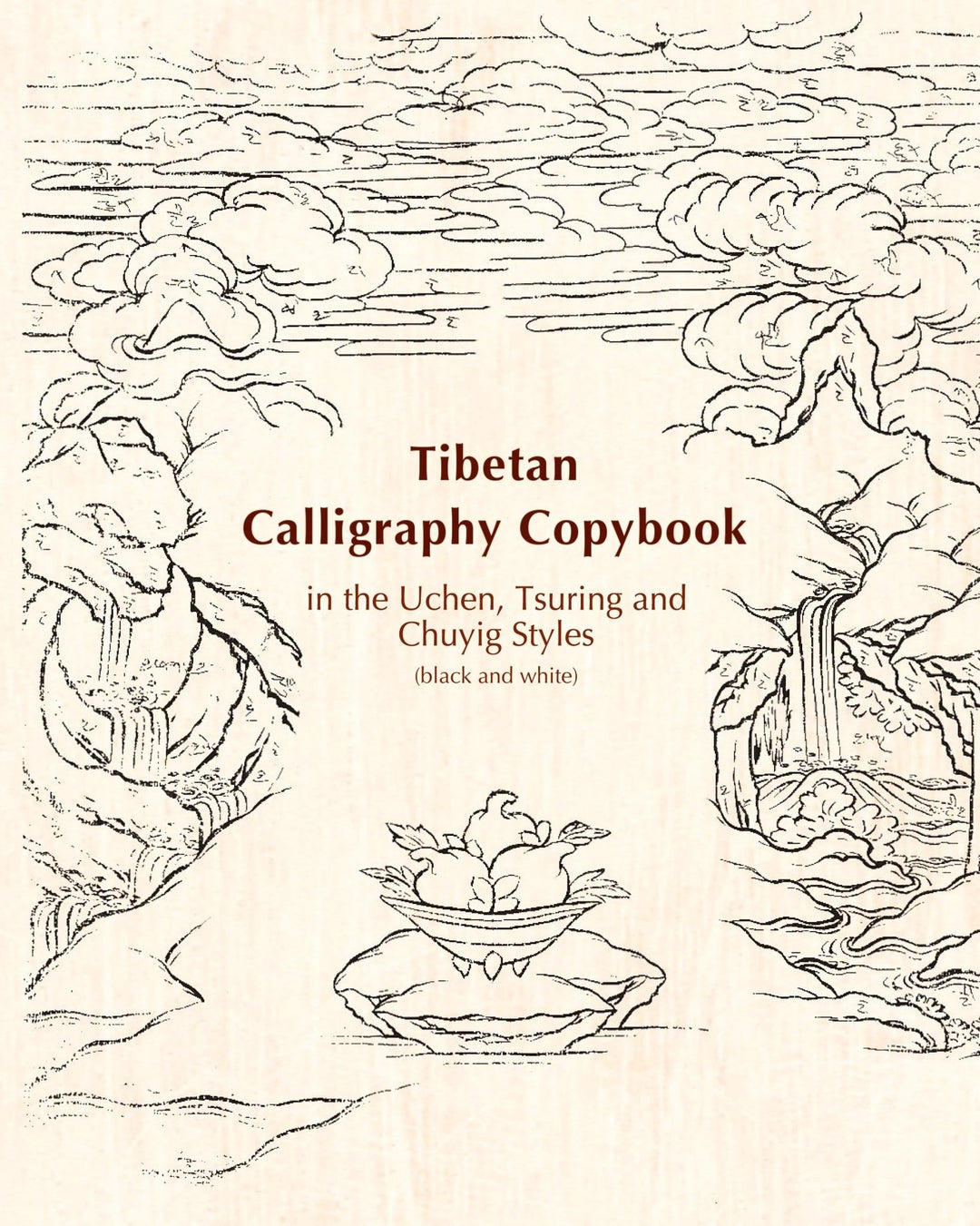
Tibetan Calligraphy Copybook in the Uchen, Tsuring and Chuyig Styles
This is a copybook printed in black and white for adults who wish to learn how to write the Tibetan script in the Uchen, Tsuring or Chuyig style.Uchen is a printed script used throughout Tibet. As a handwritten script it is mostly prevalent in Amdo and Kham, the regions in north-eastern and eastern Tibet. Central Tibet (Ü-Tsang), on the other hand, prefers Umê handwriting styles, which include Tsuring and Chuyig. People first learn to write in the Tsuring style, for example, before progressing to the Chuyig shorthand style once they have sufficient writing experience. Chuyig is suitable for writing quickly.This copybook contains the 30 letters and four vowel signs that make up the Tibetan alphabet as well as two punctuation marks (the dot and and the simple bar) and all 89 compound characters (ligatures) of the Tibetan script. They are reproduced in the Uchen, Tsuring and Chuyig styles.An entire page is dedicated to each of the 30 letters and the four vowel signs. The punctuation marks and the ligatures are each given half a page. At the beginning of the page is an illustration that shows the order in which the individual strokes of the letter have to be written. The letter is initially printed in a background color so that it can be traced. The blank lines are designed for independent practice.At the end of the book the characters in the three different writing styles are each summarized on one page. There are also four blank copy templates here four further writing exercises.ungen.
Bracelets, bracelets, bracelets, bracelets, chains
| age | Wrist circumference |
|
Newborn |
9 - 12 cm |
|
6 months - 3 years |
12 - 14 cm |
|
4 - 10 years |
14 - 15 cm |
|
Teenager, ladies (XS) |
15 - 16 cm |
|
Ladies (M) |
16 - 17 cm |
|
Ladies (XL) |
18 - 19 cm |
|
Men (M) |
18 - 20 cm |
|
Men (XL) |
21 - 22 cm |
The length of the bracelet may be 1 cm to 3 cm longer than the measured wrist circumference, depending on your taste.
Finger rings
| Ring size | Inner diameter | Inner circumference |
|
48 |
15,3 mm |
48 mm |
|
50 |
15.9 mm |
50 mm |
|
52 |
16.6 mm |
52 mm |
|
54 |
17.2 mm |
54 mm |
|
56 |
17.8 mm |
56 mm |
|
58 |
18.5 mm |
58 mm |
|
60 |
19.1 mm |
60 mm |
|
62 |
19.7 mm |
62 mm |
|
64 |
20.4 mm |
64 mm |
|
66 |
21.0 mm |
66 mm |
- Take a ring that fits well.
- Place it on a ruler and measure the inner diameter (from one inner edge to the other).
- Compare the diameter with the table to determine the ring size.
- Take a thin strip of paper or thread.
- Wrap it around the part of the finger where you want the ring to sit (not too tight).
- Mark the point where the ends meet.
- Measure the length of the strip in millimeters. This is the inner circumference.
- Find the right size in the table.
- Measure the finger size in the evening, as fingers swell slightly during the day.
- If you are between two sizes, choose the larger size.
- Make sure that the ring fits over the knuckle.
- Free shipping from CHF 150


